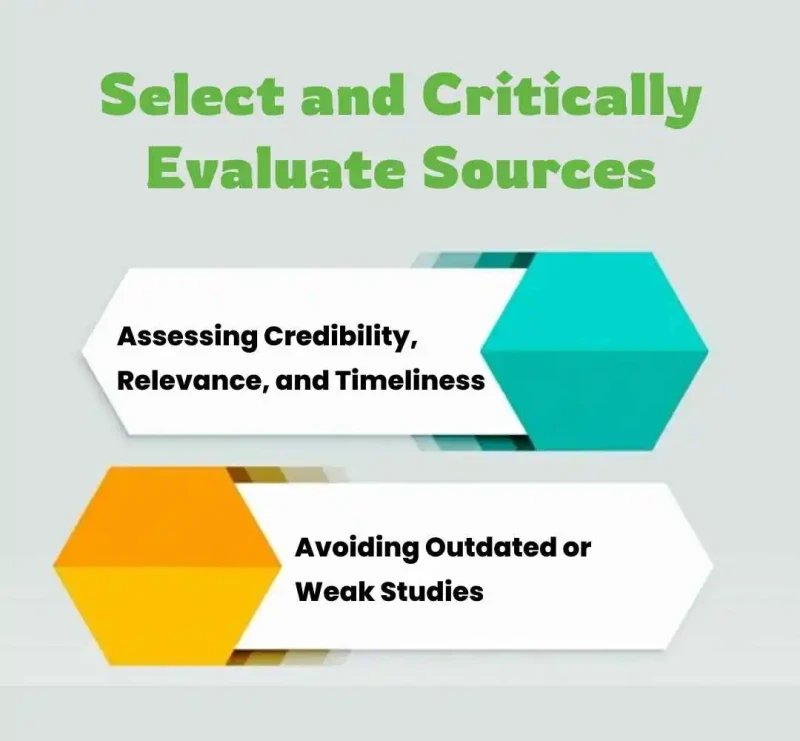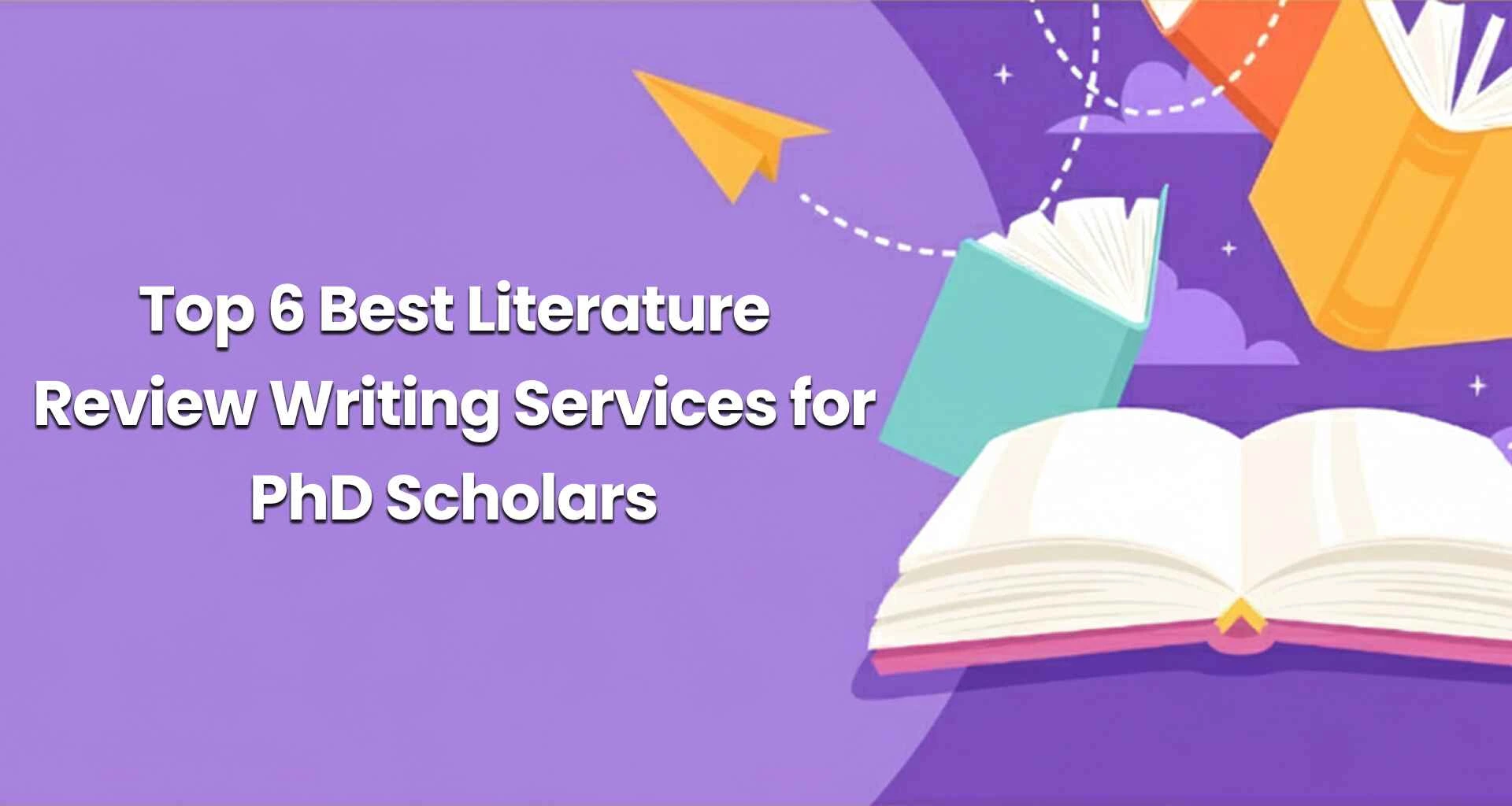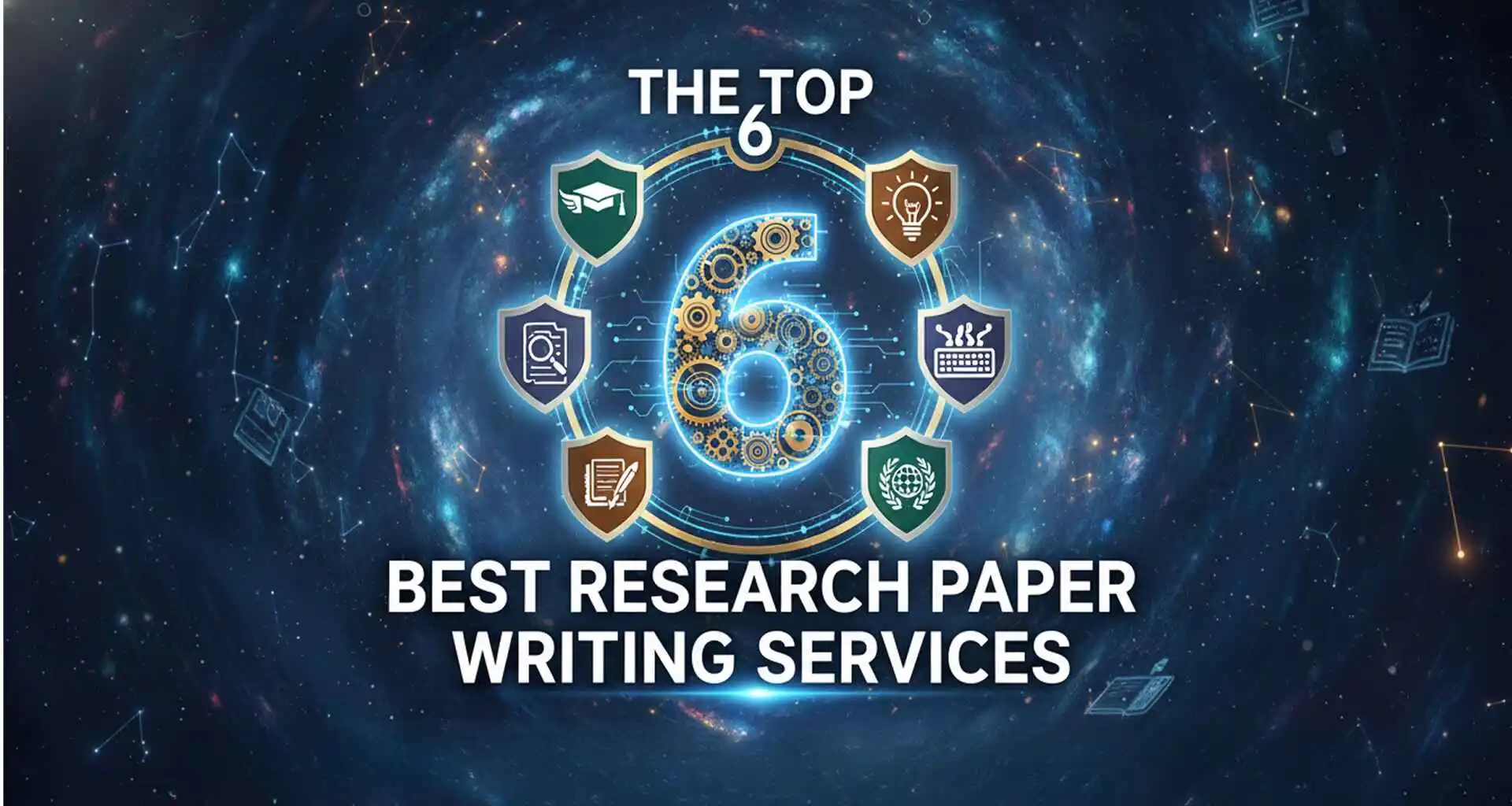
Williams
Imagine your dissertation as constructing a house, you wouldn’t start building without a strong foundation. That foundation is the literature review: it supports your entire research by contextualising your study, identifying knowledge gaps, and showing exactly where your work fits within the field.
Through this blog, you will see step by step how to write a Literature Review for a Dissertation, including how to organise sources, analyse current research, spot gaps in the research, and state your study's relevance concisely and effectively.
A dissertation literature review is a systematic and intentional critical assessment of the literature on your subject. It is intentional but not encyclopedic — more selective, covering only what's currently relevant to your research field. A review article in isolation is not equivalent to a dissertation literature review, which should be very close to your own aims, theory, and approach.
Situating theories within context, demonstrating conflict, and exposing contradictions, your literature review gives an intellectual basis to your method and analysis. It demonstrates you are familiar with the domain, defends your decisions, and constructs a plausible narrative for your dissertation research output.
The main function of a literature review dissertation is to read, survey, and synthesize important research in your field to:
Determine what is known.
Uncover areas of disagreement or dispute.
Identify gaps in research.
Situate your own thesis or research questions.
In research papers or journal articles, the review has to be shorter and more narrowly focused.
Your dissertation literature review is more profound, broader, and integrative; it has to be directly connected to the methodology, theory, and goals of your own research. While shorter reviews may just summarise, your dissertation review needs to critically assess, compare methods, and present an organised account.
Prior to starting, clarify your inclusion and exclusion criteria:
Time period (e.g. last 10 years, with some significant studies)
Geographical or cultural focus
Disciplines or subfields
You can structure your literature review dissertation in various ways:
Thematic: Organise studies by main themes or topics
Chronological: Follow how knowledge has developed over time
Methodological: Contrast the methods and approaches employed
A combination approach is frequently employed and is the most effective way to go, and that is mixing themes with historical or methodological background to narrate a credible story.
To construct a strong literature review dissertation, cast far and wide. Utilize databases such as Google Scholar, Scopus, Web of Science, and subject-based journals. Utilize Boolean operators, follow up on citations, and follow reference lists to identify nuggets of gems.
Don't only use peer-reviewed articles. Add grey literature like dissertations, reports, or policy documents. Thoroughly covering the topic makes your research well-informed and credible.

All sources are not equal. Give priority to peer-reviewed, recent, and relevant research. Seminal studies are valuable, but don't over-rely on weak or old research. Better select and analyse the source twice before you move on to research.
Ask yourself: Does this study further my knowledge? Is it supporting or refuting my research questions? Only bring in sources that bring added substance to your story. Make sure you avoid weak and outdated sources for a research study. Avoiding this might give insightful and valid research.
A literature review dissertation is a matter of storytelling of connecting studies, juxtaposing findings against each other, and illustrating how themes intersect or diverge. Make the summaries short; focus on synthesis and critique.
Demonstrate how research spawns research, where contradictions exist
Outline the contradictions between researchers
Illustrate how disagreement on method or context affects findings
Construct your own critical voice: what do you conclude, question, or challenge? Your narrative should then construct a context that leads to your research questions.
Explicitly indicate where the literature is silent, conflicting, or incongruent. These gaps in research are fertile ground for your contribution.
It bridges these gaps with your research questions: demonstrate how your dissertation will build upon, improve, or refute existing knowledge.

Don't let your review hang in mid-air. Maintain connectivity directly to your literature review and methodology. Ensuring logical progression and academic consistency across your research paper. This continuity should be maintained between the data collection, analysis and also across each chapter.
By crossing theory, evidence, and gaps, you have an impregnable argument for your research direction and methodology. In a well-integrated dissertation, the methodology and literature review ought to be readable as one piece of the entire work.
Use academic tone, coherence, and concision.
Shun repetition of words; each paragraph must advance the argument.
Use transitions and signposts ("however," "in contrast," "on the other hand")
Use "dissertation literature review" and "literature review dissertation" naturally, contextually.
Paraphrase as much as possible, rather than quoting too extensively — save quotes for good statements.
Follow your required citation style (APA, MLA, Chicago, etc.) to the letter.
Use reference management tools
Use consistent citation formats, punctuation, and in-text styles
Don't plagiarise, always quote or paraphrase your sources.
The literature review chapter in most dissertations can take up 10–20% of the word count.
Over-summarise without adding your critical remark
Lack of contradictory evidence, which damages your credibility
Poor articulation, allowing literature to diverge from your research objectives
Lack of coherence or reasoning, a review that sounds confused or disjointed
A good dissertation literature review is well-oriented to your research aims, critical, and logical.
Neither is it a choice to learn the dissertation literature review; rather, it has to be learned. It frames your research, initiates your argument, and makes your methodological choices justifiable. A good literature review constitutes the basis of an effective and good-quality dissertation.
If you’d like added support, don’t hesitate to reach out to a professional PhD service for tailored feedback, structural editing, or guidance in refining your review.

Top 5 Best Literature Review Writing Service for PhD Scholars

Difference Between Thesis and Synopsis: A Complete Guide for Academic Clarity

Types of Literature Review Comprehensive Guide for Scholars

Best PhD Assistance Services

The Top 6 Best Research Paper Writing Services